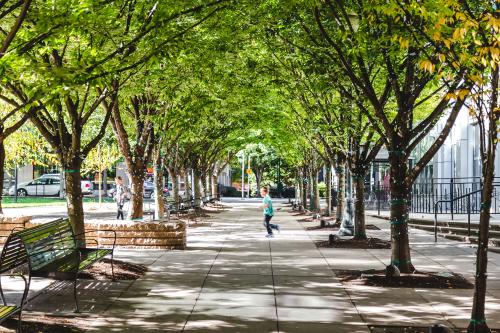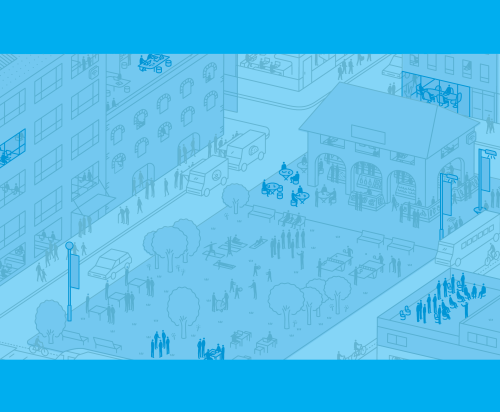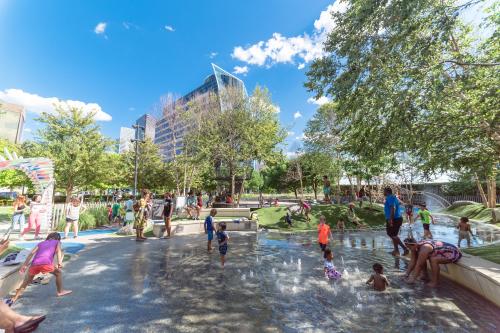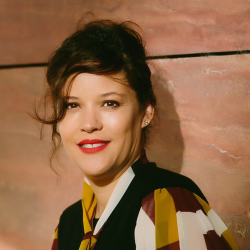The global rise of innovation districts continues. In the United States alone, roughly 20 districts have reached a level of critical mass to warrant the name, concentrating a mix of research institutions, mature companies, start-ups and scale-ups, co-working spaces, and supportive intermediaries in close geographic proximity.
Brookings first described this new model of innovation in cities and urbanizing areas five years ago, and since then researchers and practitioners around the globe have been exploring how to help them thrive. Driven by broader economic and demographic trends, most districts emerge organically as established firms and start-ups choose to co-locate around universities, medical institutions and/or other anchors. But over time, as the number of actors increases, innovation district leaders often become much more intentional about working together to leverage their district assets, applying a “collaborate to compete” approach.
Yet even with the best intentions, considerable resources, and unbridled ambition, many innovation district leaders are challenged in their efforts to create a balance between growing the innovation economy, enhancing social and professional networks, and creating a high quality physical environment that facilitates both.
My own last few years of intensive, on-the-ground work in districts across multiple global regions has revealed just how difficult it is to create these multi-layered, dynamic, and accessible places. Scanning districts, it is possible to find specific buildings, clusters of buildings, or even blocks that draw people into these spaces and encourage them to stay. It is much harder to find a consistent quality of place across most districts. Part of the reason is simply that these districts are still undergoing a process of transformation, and more work on the physical realm still lies ahead. But that doesn’t account for several place-based dilemmas that are contributing, from a physical standpoint, to the development of underwhelming or downright disappointing districts.
These districts are still undergoing a process of transformation, and more work on the physical realm still lies ahead.
The disconnect dilemma. An important role of an innovation district’s physical realm is to enable innovation. While creating vibrant, magnetic, and walkable experiences is a valuable outcome for all districts, these geographies must also ambitiously leverage their assets to create a unique value proposition—a reason to locate here versus in another part of the city.
A shared agenda on advancing a particular sub-sector expertise—in precision medicine, for example, or clean energy development—typically requires the engagement of many actors and transcends buildings, blocks, and even entire sub-areas of a district. A clear articulation of this agenda then helps guide and enable the right physical moves and strategies to strengthen connectivity (e.g., intentionally creating nodes of certain actors located in close proximity to one another), increase collaboration (e.g., co-locating key researchers working within specific sectors), and reduce inefficiencies (e.g., eliminating redundancies in lab spaces). “Disconnected” districts that have not gone through an exercise of developing a shared agenda are far less able to use their physical assets as innovation enablers.
“Disconnected” districts that have not gone through an exercise of developing a shared agenda are far less able to use their physical assets as innovation enablers.
The dead zone dilemma. Sometimes, emerging and even maturing districts have made too many changes, too quickly, to their physical environment, sacrificing authenticity and a sense of identity in the process. These investments might include rows of new buildings and even entirely new blocks of development. In my work, many entrepreneurs and some researchers have shared somber stories about how historic “gritty” buildings were lost to make space for modern buildings of steel and glass, described by one entrepreneur as “shiny soulless structures.”
In other districts, buildings with large floorplates—often desirable in software fields and necessary in key life science specializations—have frayed the human-scaled urban fabric. Described tellingly in Catalytic development: (Re)creating walkable urban places, these buildings “may bear an unfortunate resemblance to the ‘big box’ format of drivable suburban retail” that “may not withstand the test of time.” Lifetime advocate for place and place-making Fred Kent described this dilemma as “places that are stuck in jail,” in that they create an unwelcome, sometimes hostile, environment for residents, workers, and visitors.
It would be easy to point the finger at developers who are seeking to increase their profit margins through lower quality materials and designs, but this is only part of the story. In my discussions with city planners, developers, and placemakers in several districts, I heard repeatedly that the erosion or loss of place is often triggered by their inability to use Historic Preservation Tax Credits (for districts in the U.S.) and other place-based incentives, making it economically unfeasible to undertake costly building re-adaption or rehabilitation efforts.
In other cases, leaders cited escalating real estate prices that have led developers to fully build out their parcels at the expense of creating a diversity of building sizes and designs. In other cases still, weak market areas were up-zoned or re-zoned as a means to “heat up” the market, but planners neglected to implement design or building controls to ensure quality development. Even in places that seemed to do everything right, the sheer amount of “new” or “large” development sometimes erased the smaller, older, and diverse urban treasures that can’t be recreated.
Even in places that seemed to do everything right, the sheer amount of “new” or “large” development sometimes erased the smaller, older, and diverse urban treasures that can’t be recreated.
The divide dilemma. This third dilemma occurs in innovation districts that possess diverse, connected neighborhood-serving areas in one part of the district, while other areas are characterized by sterile, segregated institutional buildings. In some cases, institutions have expanded with a pure focus on advancing their academic mission, leaving other amenities and services to be found only in adjacent neighborhoods. As a consequence, the physical line between institutions and other district areas and activities can feel divisive even without barriers such as gates, vegetation, or setbacks from the street.
While some universities have found strategies to make their edges more porous (e.g., building retail and mixed-use developments on campus edges), many still remain inwardly focused and isolated. Brookings highlights this issue in its 2017 report on the Oklahoma City innovation district, which describes not only how the district’s car-centric medical center complex lacks amenities and collaborative spaces, but also how its poor connectivity to vibrant commercial areas nearby makes them feel much further away—especially while on foot—than they actually are. Leaders there have since a created a new innovation district governance entity to tackle these and other challenges.
For these districts to truly thrive, their leaders must focus not only on producing innovative ideas for the market, but on developing and testing creative solutions to the place dilemmas that are holding them back.
The growth of innovation districts will continue to have profound impacts on urban and regional economies both in the U.S. and abroad. But for these districts to truly thrive, their leaders must focus not only on producing innovative ideas for the market, but on developing and testing creative solutions to the place dilemmas that are holding them back. Doing so will require a willingness to experiment with large, small, and even temporary interventions and activities, as well as an openness to placemaking processes that engage local stakeholders—including residents, workers, and local businesses—to shape, re-define, and retain a sense of ownership of the district as it evolves. Time will tell if districts are truly up to the task. My experience says they undoubtedly are.
The Brookings Institution is committed to quality, independence, and impact.
We are supported by a diverse array of funders. In line with our values and policies, each Brookings publication represents the sole views of its author(s).







Commentary
Innovation districts and their dilemmas with place
February 21, 2019